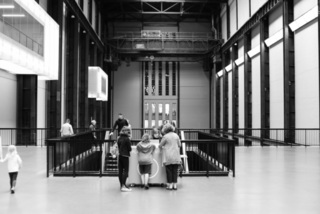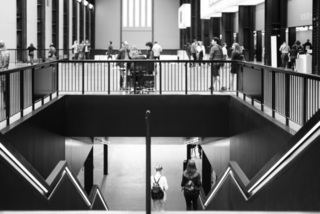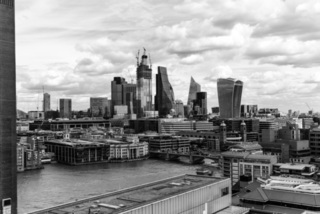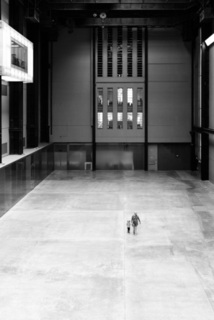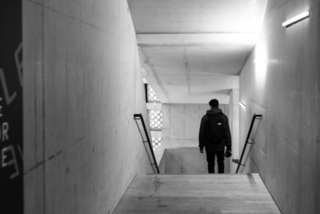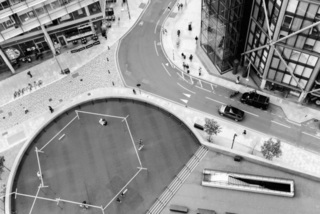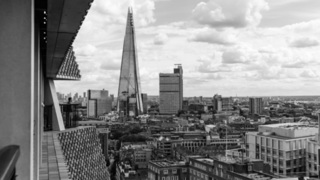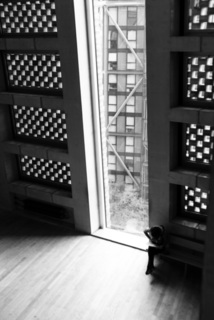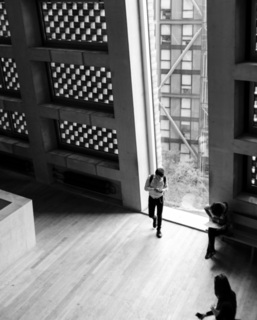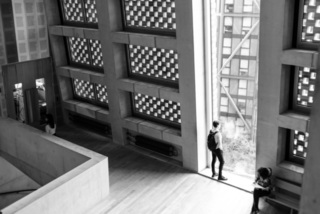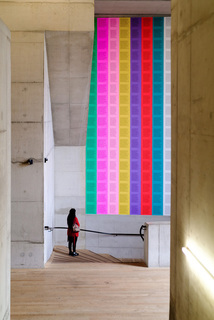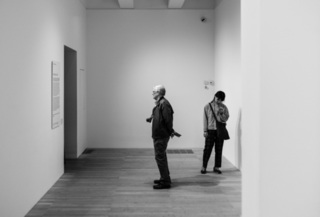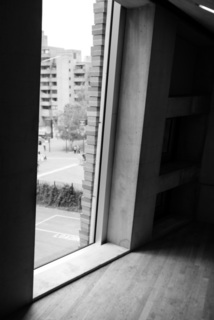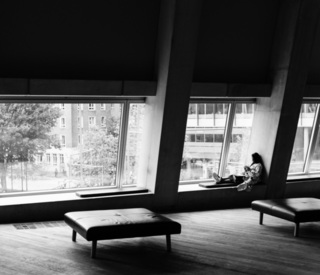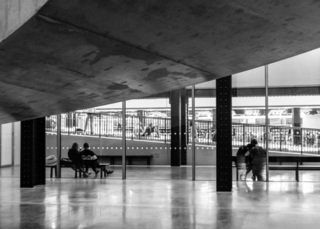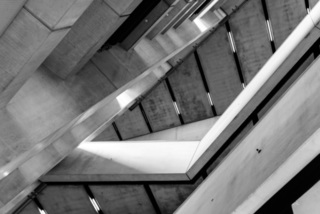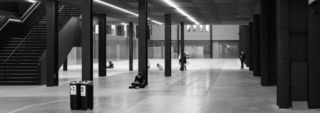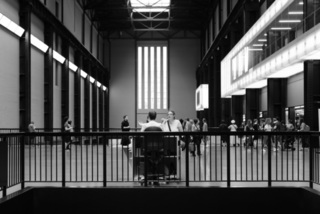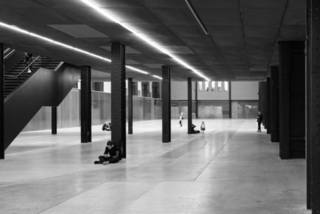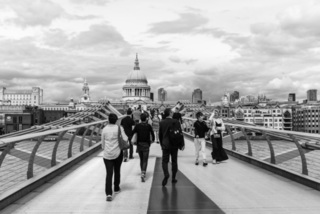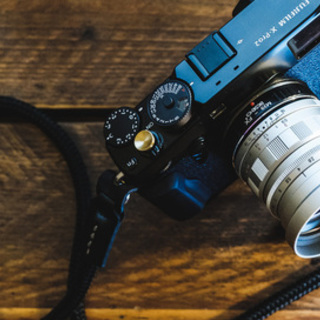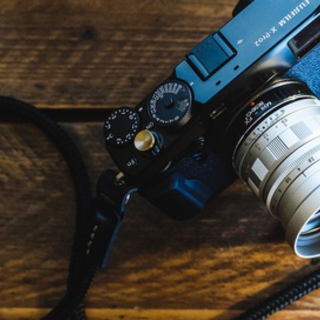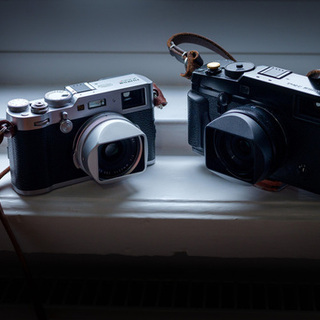Gear
Early thoughts on the Sainsonic Kamlan 28mm F1.4
How good can a 28mm f1.4 lens for under £100 be?
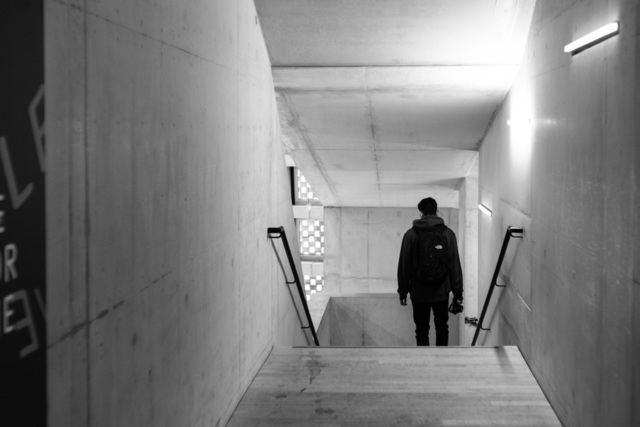
Earlier in the summer, I backed Sainsonic's Kickstarter campaign for the new Kamlan 28mm f1.4 lens: a manual-focus lens for APS-C cameras including Fuji X-mount. It arrived earlier in the week and I managed to go for a walk over lunch on Friday to try it out, so here are my early impressions.
At the time of the Kamlan being announced I'd been looking around trying to find a cheap-ish, fast-ish lens in the 23mm range, having sold my Fuji 23mm f1.4 and not wanting to spend the money just yet on the 23mm f2. I was happy to go manual (see my love for the Voigtländer Nokton 50mm f1.5) to save money, but in vintage lenses there's not much available at that focal length with fast apertures that doesn't cost more than the Fuji f2.

So the relatively cheap (just under £100) Kamlan was pretty interesting, even at the slightly longer focal length of 28mm. Having owned the Fuji 27mm f2.8 pancake lens in the past, I knew I'd be more than happy with the angle of view and the wide f/1.4 aperture was tempting. I wasn't expecting world-class image quality but the test shots looked good enough for a walk-around lens.
So how is it so far? Like I said, I've only taken it out once, for a long walk over lunch to do some street-style photography on my new favourite office-based route: over the Thames to the Tate Modern for some nice architectural people-watching. I've been gravitating strongly to black and white for this little route as it suits the architecture and lighting inside Tate Modern so well, so almost all of the images I'm sharing here are processed black and white in Lightroom, with Fuji Acros+Ye as a base profile. This is not the place to look for straight-out-of-camera representative files, sorry.
Build
After only the one outing, a few things are already standing out. It's a pretty heavy lens and feels well built. There's certainly nothing loose, including the extremely tight aperture ring (it's clickless, so they presumably wanted to avoid it moving too easily) and still-quite-stiff focus ring. On a purely aesthetic note, I have to say I love the yellow ring detail on this lens. I've been on a bit of a yellow item kick recently, so the mustard yellow ring around the front element was a welcome detail and does make it stand out from other manufacturers.
Lacking autofocus, lens size is kept down to quite a narrow body despite the wide maximum aperture, although it's not short. It's a little narrower and a little longer than the Fuji 35mm f1.4, and a bit longer still with lens hood attached. I got two lens hoods included: a (what seems to be the default) screw-on hood, which is already reasonably long, and then there was an extra box with a bayonet-style lens hood which is longer still.
While these things shouldn't matter, it ends up feeling oddly long and narrow for a prime on the wider end of 'normal'. when mounted on the camera.
I mentioned the focus and aperture rings above. The clickless aperture ring is a shame for me, as it means taking the camera away from your eye and looking round the front every time you want to change aperture. I'm sure I'll get more used to it, but I don't shoot video and would much prefer clicks. The ring is also super stiff, making it a bit of an effort to change and slowing things down. For the kind of street photography I was doing on this walk, it was annoying.
The focus ring is also a bit stiff compared to other lenses in my collection, but generally actually fine in use.
Image quality
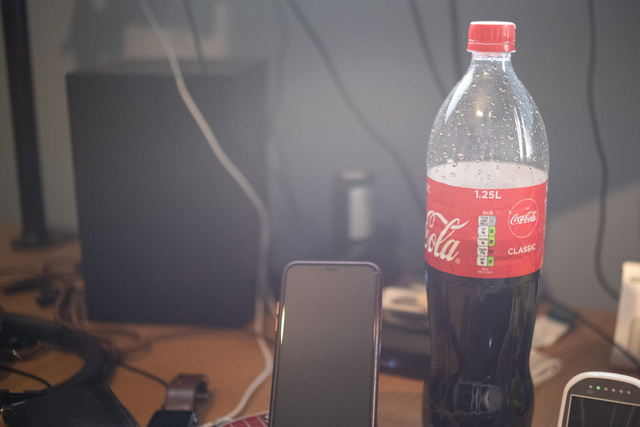
The first photographs I took with the Kamlan 28mm f1.4 were in my home office, at night, shooting random items on my desk. Immediately I noticed the flaring when my computer monitors were anywhere near the edge of the frame. This is a pretty cheap lens, so it's not totally unexpected (and certainly happens on some more pricey lenses too) but wasn't a great first impression.
Having had the chance to take the lens out in daylight conditions and the well-lit Tate Modern, flaring didn't really show up as an issue so it is just a bit of an edge case I inadvertently found first try.
I did though, notice that this lens gets very soft wide-open while actually being reasonably sharp once stopped all the way down to around the f/5.6-8 mark. At wider apertures, the lens seems pretty soft all over—not too bad in the very centre but pretty useless round the edges and in the corners. I need to do some more thorough tests to see where the sweet spot is and where's at least safe to capture a whole scene at reasonable sharpness but for now, the wider apertures can be for centre-focus and images where a bit of lower definition is part of the vibe of the scene.
Again, this is a cheap lens so I wasn't expecting quality in the realm of Fuji's own glass or the Nokton, though I was surprised and missed a good few shots before realising what the issue was. The f/1.4 maximum aperture sounds great but you have to be very careful with it. Without exif data to cross-reference properly, from around f/5.6 and up the lens actually gets pretty sharp and I was able to take some nice cityscapes from the new viewing platform at Tate Modern with no problem.
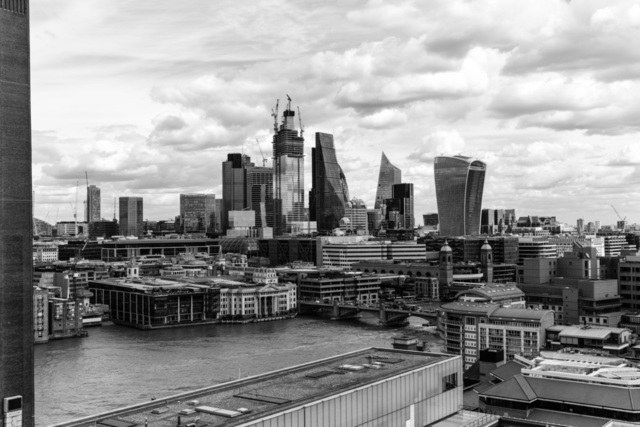
Anyway, enough of the negatives. This is a lens that cost me under £100 new: it's a quarter the price of the Fuji 23mm f2 and an eighth the price of the 23mm f1.4. With that context, it seems a pretty solid entry: definitely has issues you need to work around, but given the time I'm sure I'll get more keepers from this lens and I will be using it now and then.
Ironically, having recently had a gear shift-around and finding some good deals I freed up some funds and do now have that Fuji 23mm f2, the 35mm f2 and my old friend the 27mm f2.8 is back as well. Where the Kamlan fits into that competitive line-up only time will tell. My current hunch is that the other lenses will see more action but the Kamlan will be good for those days I fancy a bit more inherent 'character' from my lens.
I got some lovely photos that I'm quite happy with and a bunch of OK photos I'm just sharing as examples but for an hour's walk around I think I got decent results straight away from the Kamlan. There's a fuller gallery of images below, as well as the few I've picked out to include in the article itself here.

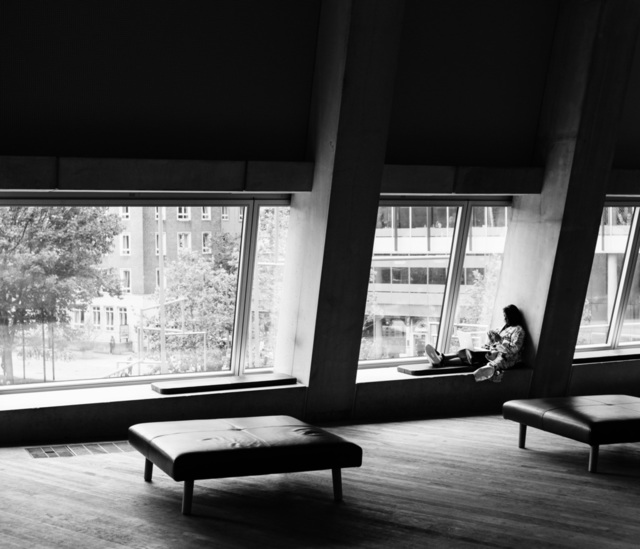
Kamlan 28mm f1.4
Sample images shot on the Kamlan 28mm
